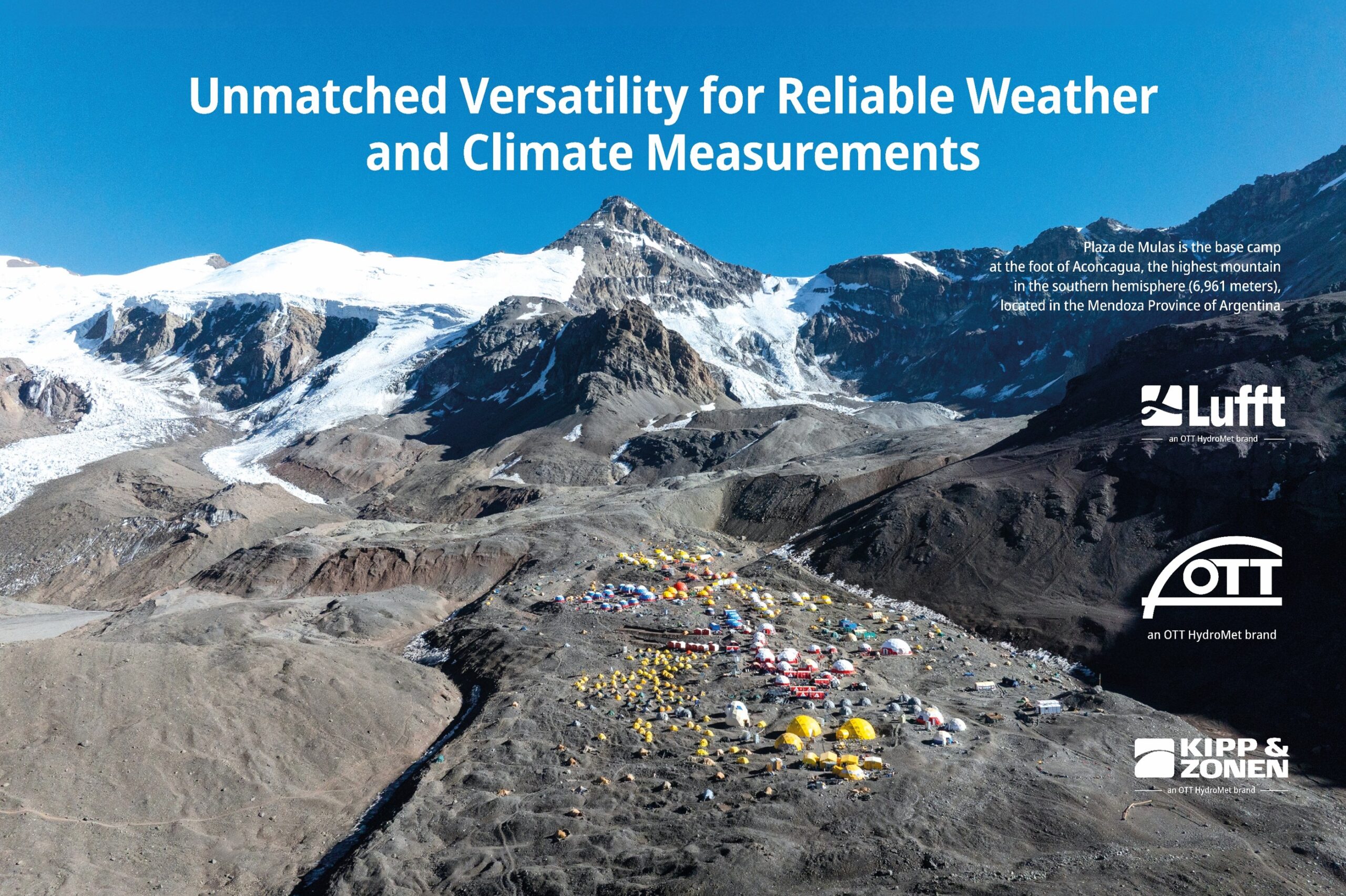The Mexican weather service CONAGUA had launched a tender for 30 utrasonic wind sensors in 2010. The choice fell on Lufft Ventus–UMB anemometers. Why wind measurements in Mexico are quite useful and why CONAGUA decided for Lufft in this tender, you can read in this blog post…

Foto credit: lunamarina – Fotolia
No matter if onshore or offshore: Nowadays, wind energy is among the most important renewable energies in the fight against limited resources and for the environmental protection. To use the energy of the wind, it is necessary to gather information about the different parameters with the help of measuring devices. These parameters are also important for weather monitoring. The Mexican meteorological service CONAGUA has also realized that fact and counts on the sensors of Lufft in Mexico, 10.000 kilometers away, since then.
According to the German Chamber of Commerce Abroad (AHK), Mexico belongs to the most attractive markets for renewable energies. For a long time, the energy policy has focused on fossil fuels in the North American state. In 2009, the “Renewable Energy Program“ was finally introduced by the Mexican Department of Energy. The Department set a high standard: From 2024 on, at least 35 percent of the electricity generation should be guaranteed by non fossil fuels, mostly by wind power. Having a deeper look at the figures of the potential wind energy, this aim does not seem to be so unrealistic: According to a study conducted by accounting firm PricewaterhouseCoopers, Mexico has a wind potential which is even bigger than 50.000 megawatt, almost 15.000 more megawatt compared to the wind power in Germany.
Stormy winds up to category 10 at Beaufort wind scale
Especially in the South of Mexico as in Oaxaca, but also in the Northwest as in Baja California, there are great possibilities for the wind industry. Wind speeds from seven to ten meters per second are average values in a height of 50 meters. In comparison to Germany, such speeds can only be found at the North Sea Coast. Summing up, the best conditions for the production of energy are totally given. One major disadvantage: If those winds occur in residential areas, the habitants of Mexico can get into danger and even whole cities can be destroyed by the squalls.
As a result of that, the Mexican meteorological service CONAGUA has finally decided to start tender of 30 ultrasonic anemometers in 2010. They chose Lufft’s ultrasonic sensor Ventus-UMB to win, which provides information about wind speed, wind direction, temperature and air pressure. CONAGUA explained its decision with the precise and robust construction, the ideal data transmission as well as the cost-performance ratio compared to the other competitors. Since then, there are 30 Ventus-UMB on duty in the South of Mexico, which are essential for wind- and weather forecasts and act as early warning systems to point out potential thunderstorms.


